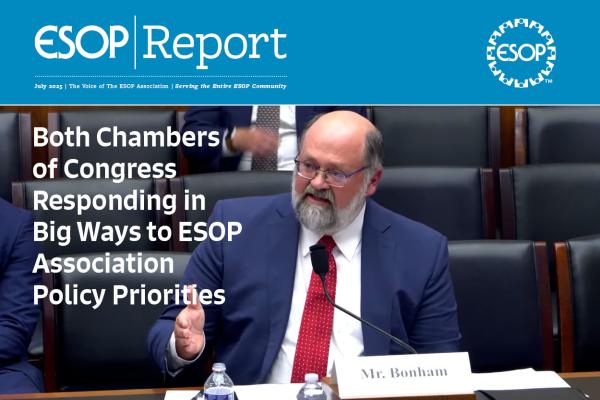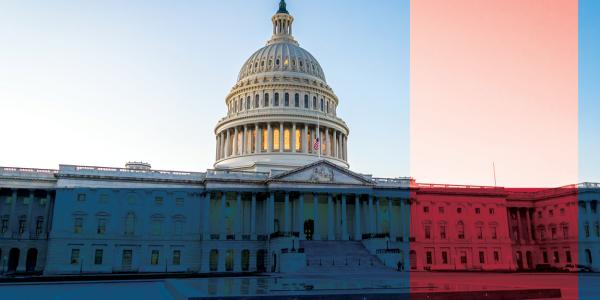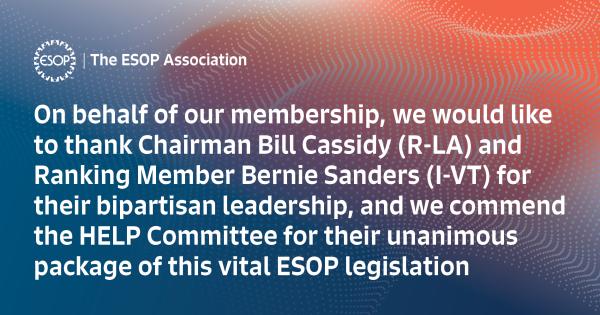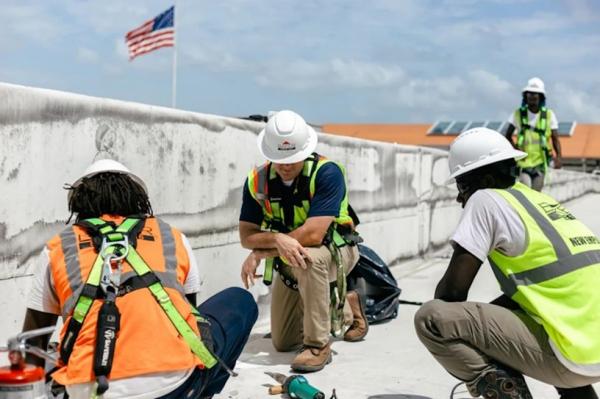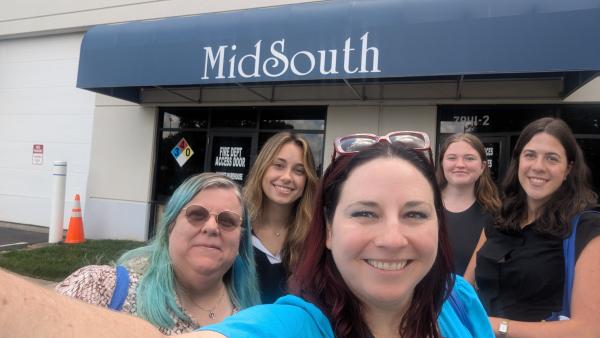Over 50 years after the legislation creating ESOPs was signed into law by President Gerald R. Ford, the U.S. Department of Labor is now in the final stages before publishing the single most important regulation necessary for ESOPs: standards and procedures by which a Trustee can in good faith evaluate stock price.
This process, known as “adequate consideration”, has never been officially described by the DOL. Nevertheless, that hasn’t stopped the agency from bringing hundreds, if not thousands, of investigations and lawsuits against ESOPs and their trustees. These endless investigations and lawsuits have cost our ESOPs and trustees millions of dollars to defend, and have driven nearly every insurer out of the market as a result.
For almost anyone involved in the ESOP community since 1974, this has felt like a decades-long campaign by government investigators to bully ESOPs, Trustees, and their insurers into settlements because it was faster and cheaper for them to just settle than to fight back against the government’s allegations. It has also caused a massive chilling effect on new ESOP formation, thereby denying millions of Americans the retirement security they may otherwise have received from an ESOP.
What a journey this has been. And what a journey we still have ahead.
On October 25th, Assistant Labor Secretary Lisa Gomez informed The ESOP Association that the drafting process for the long-awaited regulation on adequate consideration was entering its final stages. DOL lawyers have completed their drafting and have submitted their work to the Office of Management and Budget (OMB) for review.
OMB is the agency responsible for “the implementation of the President’s vision across the Executive Branch.” Submitting a regulation for OMB’s review is the final process that must take place before a proposed regulation is made public for a notice and comment period.
The Office of Information and Regulatory Affairs (OIRA) at OMB is responsible for reviewing all major regulations to ensure they align with the Administration’s priorities and that different agencies that may be impacted have sorted out their various viewpoints on the proposal. Once a federal agency submits a regulation, OIRA then has up to 90 days to review. In some cases, an extension may be granted, for example if the regulation is very complex. However, there is no minimum period required for review, which means we could see a public draft in a matter of weeks, not months.
Given the very short time remaining in President Biden’s term, we believe it is probable that OMB will send back the rule for publication in the Federal Register toward the shorter end of the timeline. There are serious time constraints given that on November 1 there will only be 80 days until the next President is inaugurated. We anticipate a public notice and comment period of at least 30 days, after which DOL will need time to evaluate public comments and publish the final rule. That means it’s likely we’ll see a draft regulation released publicly for comment in the next 3-4 weeks, if not sooner, in order to get a final regulation into the Federal Register before noon on January 20.
This is where we, as a community, must be ready to act very quickly. With the tightly compressed timeline, we will likely have a very short window to evaluate the DOL’s proposal, weigh the impact and implications, and submit comments to DOL to have an influence on the final regulation DOL adopts. Of course, if in the end a regulation is published that we don’t like or is unworkable, there are many remedies at our disposal with the Congress and other potential challenges. But we are hopeful that DOL will produce a reasonable, responsible, and much needed regulation.
The ESOP Association has been highly engaged from the beginning and has held several meetings and conversations with Assistant Secretary of Labor Lisa Gomez, the head of EBSA, and dozens of DOL lawyers who have been engaged in the process. In these meetings we have articulated the Association’s concerns about the importance of a transparent and fair rule governing the ESOP valuation process. The ESOP Association has also submitted our own model regulation to the DOL and the White House, which represents our community’s vision of a regulation.
I also want to make the observation that I do believe Assistant Secretary Gomez is appreciative and knowledgeable of the value ESOPs contribute to our economy. She is certainly aware of areas of past friction between DOL and the ESOP community. In our interactions, Ms. Gomez has seemed genuinely interested in promulgating a fair rule, and our conversations have been honest and productive.
That said, it is also a certainty that some longtime DOL employees, who have lost the trust of the ESOP community as a result of their approach to regulation, investigations, and unfounded lawsuits, have had a hand in drafting the DOL’s rule. With that in mind, as soon as the rule is made public and the clock starts on the notice and comment period, our community must be ready to respond. This includes not only our expert ESOP professionals but established ESOPs as well, as the final rule will affect valuation standards for current as well as future ESOPs.
Once the rule is first published in the Federal Register and the public notice and comment period officially begins, The ESOP Association will provide our membership with our analysis and recommendations within 24-48 hours. Please be on the lookout for communications via our email, web, and social media channels, as we will need your help before this process concludes. We must make our voice heard, and advocate in the strongest possible terms for a rule that results in the reduction of litigation threats, clarity for our Trustees, lower costs to form and administer an ESOP, the creation of more ESOPs and the opportunity for millions more Americans to become employee owners in the future.
If you would like to be one of the first to receive the latest developments on the adequate consideration rule, please join the Employee Ownership Action Network (EOAN). It’s free, and the easiest way to get involved with ESOP advocacy.
We have been waiting for this moment for 50 years. We, as a community, must not let this generational opportunity pass us by.




